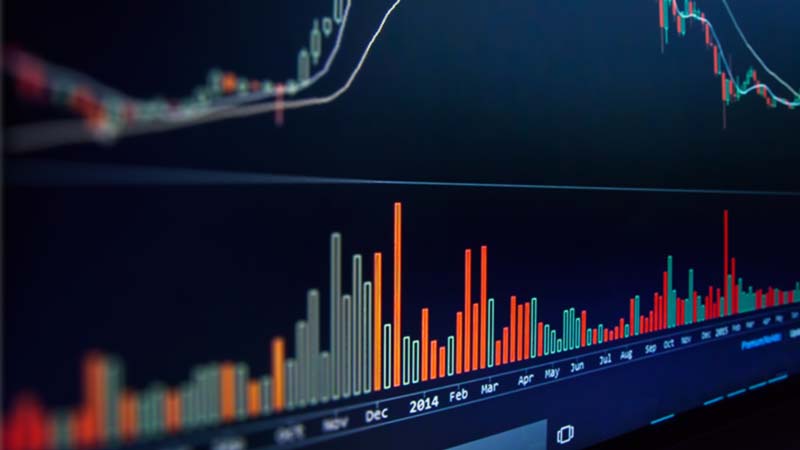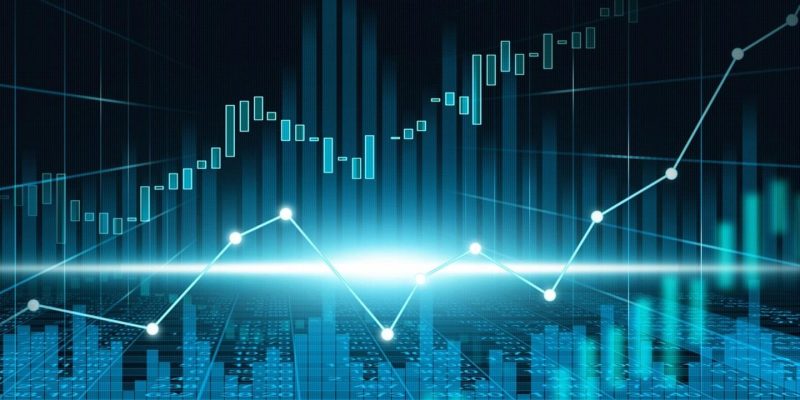Trading Contracts-for-Difference (CFDs) indices offer traders unique opportunities to diversify and expand their portfolios. However, predicting price movements in these markets can be daunting, with many risks for inexperienced investors or newcomers alike. Fortunately, news and economic events provide helpful indicators that allow CFD index traders the opportunity to confidently assess potential market shifts.
Through careful analysis of current affairs and due diligence on trading decision-making, this article aims to shed light on the correlation between news and economic events and successful CFD index trades.
Table of Contents
Understanding the Basics of CFD Index Trading
CFD index trading can be a complex concept for those new to finance. However, it is an increasingly popular investment method due to its potential for high returns. CFD stands for contract for difference and involves trading the difference between an index’s opening and closing prices. This type of trading allows the opportunity to take advantage of a price increase or decrease without owning the underlying asset.
Investors need to understand how CFDs work, and the risks involved before diving into this type of trading. By understanding CFD index trading, investors can make informed decisions and potentially increase their investment portfolios. ADSS has an extensive overview of CFD trading for those new to the subject.
Monitoring Financial News and Events to Stay Informed
The financial markets are constantly shifting, and keeping up with the changes can only be challenging by watching the latest news and economic events. By keeping a close watch on developments in the world of finance, traders can remain informed of any shifts in the market and make decisions accordingly.
Investors must note that different CFD indices have varying sensitivities when exposed to news and economic events. For example, a change in interest rates or corporate earnings reports will have a different impact on indices such as Dow Jones Industrial Average than those based on commodities like crude oil or gold. By recognising these nuances, traders can gain an edge over other investors by predicting potential movements in the market.
Learning from Economic Indicators and Analysing Their Impact on the Market
Investors should also pay attention to economic indicators to gain insight into the market and assess potential risks. For example, GDP, inflation, or unemployment rate are key economic indicators that can provide valuable information on where the economy is headed in the short term. Investors can make educated investment decisions by analysing their impact on different indices.
Investors should remember that news and events may only sometimes have an immediate effect on markets, as prices take time to adjust accordingly. Thus, patience and due diligence are critical when considering CFD index trading. Factors such as global developments and current tensions must also be considered when assessing current affairs.
Taking Advantage of Price Volatility for Long-Term Returns
Price volatility can be both a risk and an opportunity for CFD index traders. While sharp market movements can leave investors exposed to potential losses, it is also possible for them to take advantage of short-term opportunities by properly assessing changing economic trends. For example, in times of crisis or extreme uncertainty, indices may move up or down rapidly, allowing investors to capitalise on the situation.
Additionally, investors should remember that CFD index trading can be a long-term investment strategy to build wealth over time. Traders can make lucrative portfolio investments by following trends and properly analysing market conditions.
Utilising Technical Analysis to Predict Price Movements
In addition to understanding news and economic events, technical analysis is another essential factor in CFD index trading. Technical analysis involves using charts and other data to assess potential market behaviour. By studying historical trends, investors can identify patterns to help them make more informed decisions when investing in CFDs.
Additionally, specific indicators, such as the Relative Strength Index (RSI) and Bollinger Bands, can provide insight into the market’s future direction. By analysing these indicators, traders can better understand their investments and make more precise decisions when trading CFDs.
Developing a Trading Strategy to Protect Against Market Volatility
Trading CFD indices can be a tricky task, especially for inexperienced investors. To protect their portfolios, traders should develop an effective strategy considering the ever-shifting market conditions. It involves understanding risk management techniques such as setting stop losses or taking profits to limit potential losses and maximise gains.
Additionally, it is also important to allocate adequate capital for trading. By setting realistic goals and understanding their risk appetite, investors can ensure they have sufficient funds to cover potential losses.
In Conclusion
CFD index trading is a complex but rewarding activity with potentially high returns. However, traders must understand how news and economic events impact different indices before making investment decisions. Additionally, technical analysis and risk management techniques can be beneficial in predicting potential movements in the market and protecting against volatility.





